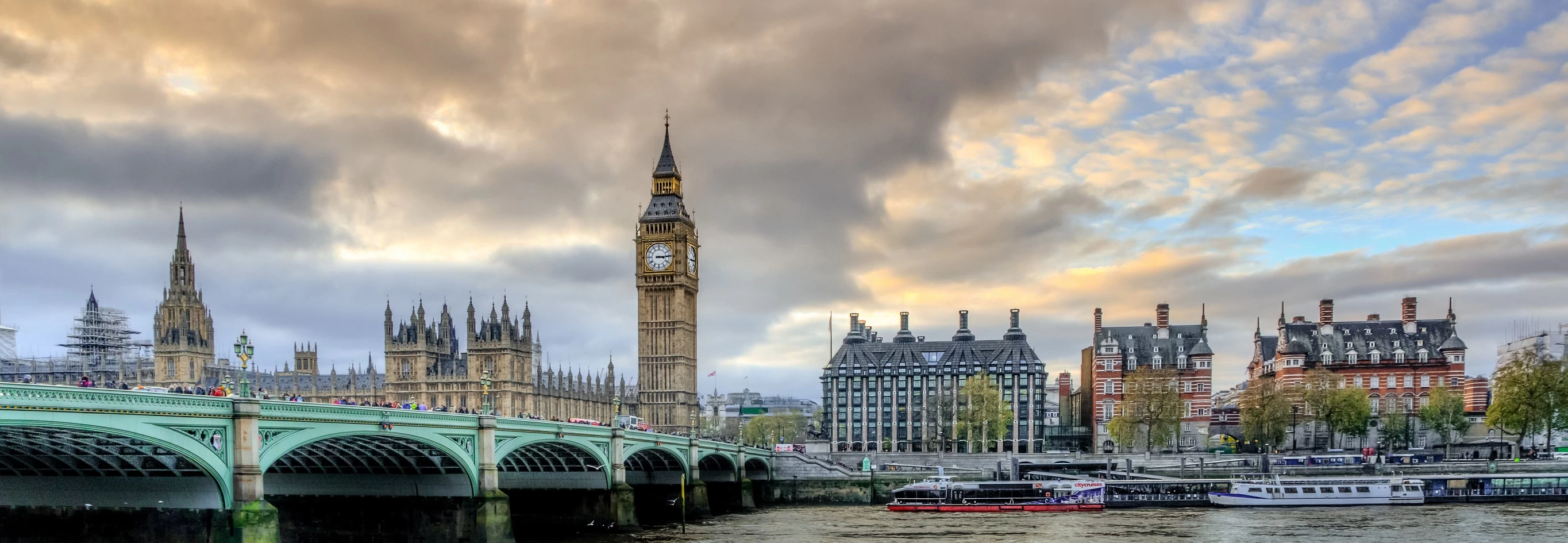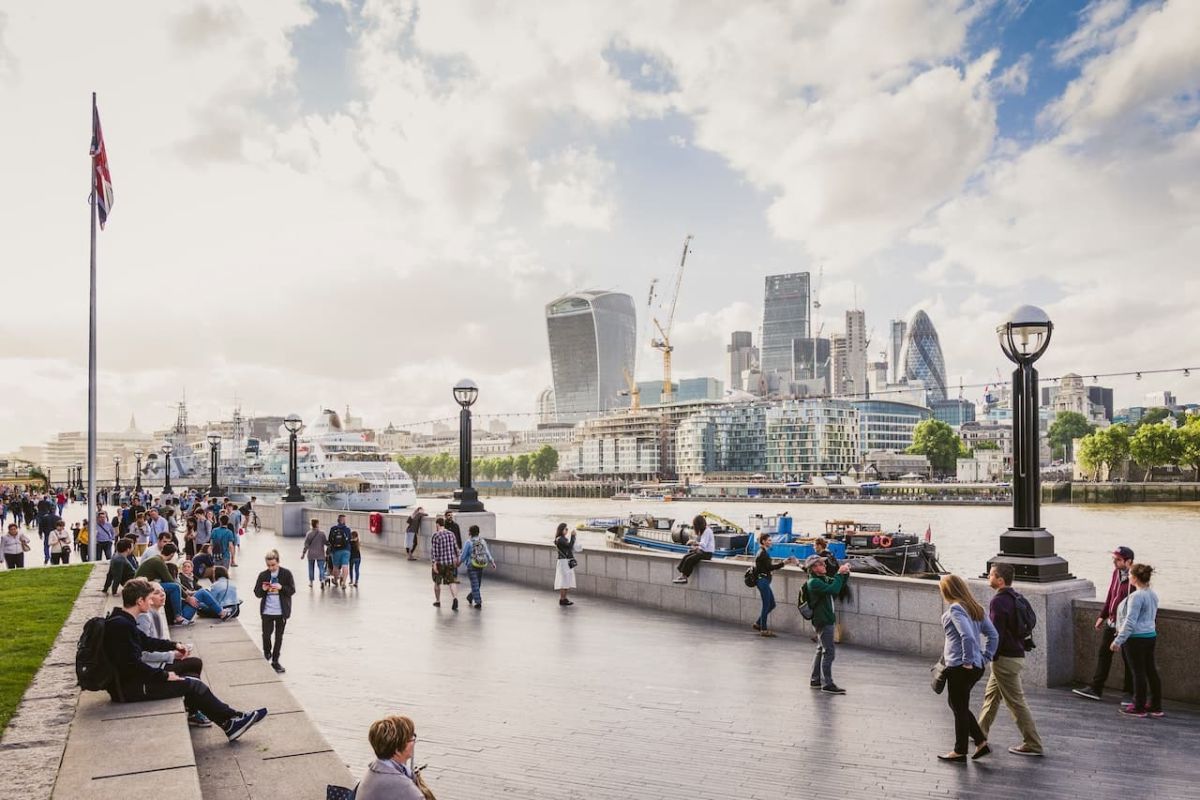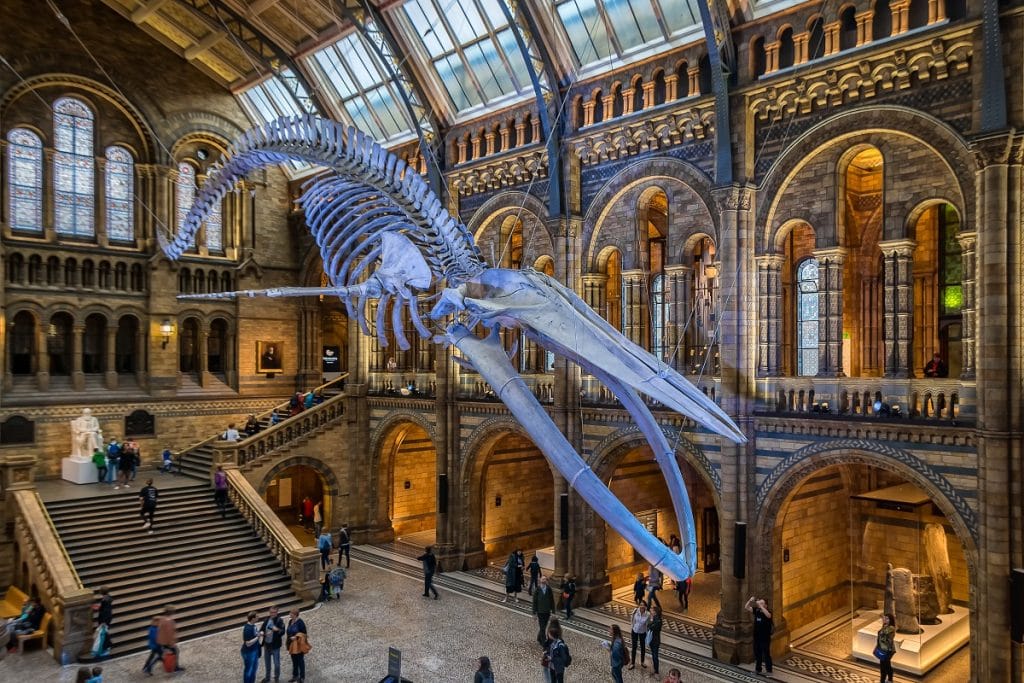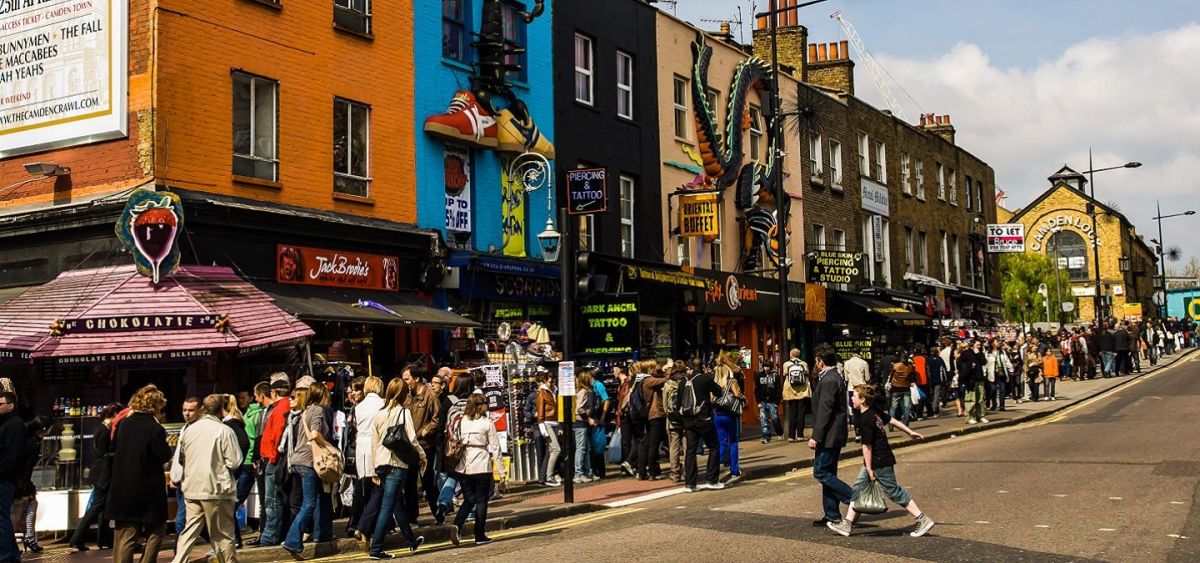


Londra è adornata con l'antico e il contemporaneo, creando una narrazione eterna che è se stessa. L'antico incontra il moderno, turisti da ogni angolo del mondo. I tour in Europa di solito iniziano con Londra, fornendo al viaggiatore una meravigliosa introduzione alle ampie culture e ai monumenti di un continente. Qualunque sia il tuo piano, da due giorni a due settimane, con attrazioni che non smettono mai di stupire, con culture sempre dinamiche e l'energia di Londra, un posto che vale la pena esplorare a Londra è pieno di cose da fare senza fine. Tutto ciò ci porta alle varie cose che contribuiscono a rendere Londra una delle città più grandi del mondo.
Per quanto riguarda la visibilità globale di Londra, le gemme iconiche di Londra sono lì, presentando segni fisici della storia antica intatti dal vento e dall'acqua. La Torre di Londra, che si ritiene sia stata costruita nel 1066, è un esempio evidente con mille anni di prove storiche, ed è stata utilizzata come palazzo reale, prigione e fortezza per tutta la sua esistenza. La città ora vanta il riconoscimento di essere un sito Patrimonio dell'Umanità da parte delle Nazioni Unite, con la regalità che supporta la sua affermazione di avere significato storico, e i visitatori sono guidati nelle azioni medievali della città. Allo stesso modo, la storia del Big Ben si lega ancora di più alla vita di Londra, che sta ancora forte dopo oltre un secolo, simbolo della perseveranza britannica. Le attrazioni turistiche di Big Ben attraggono milioni di persone che vogliono vedere la Torre dell'Orologio. I fatti sul Big Ben includono informazioni interessanti riguardo alla meccanica dell'orologio e come si inserisce nella nostra cultura pop. Big Ben è un nome più comune per l'orologio vicino al Parlamento di Londra, tranne che per alcuni cartelli (cioè britannici), questo è uno dei migliori esempi del dominio britannico.
Per coloro che desiderano guardare dall'alto del mondo, il London Eye, il più alto della sua categoria, offre una delle migliori viste di Londra. Altri monumenti essenziali includono il tour del Palazzo di Buckingham, che offre ai visitatori uno spunto sulla vita reale e sulla storia della monarchia britannica, e la Cattedrale di St Paul, che è un capolavoro architettonico. Non solo questi monumenti mostrano una vasta gamma di storia e design britannico, ma svolgono anche funzioni molto importanti per le identità culturale e politica di Londra.

Ogni quartiere di Londra racconta una parte della sua storia che forma una parte integrale del ricco mosaico culturale della città. Notting Hill, famosa per le sue case colorate e il mercato di Portobello Road, sprigiona un fascino bohémien ospitando uno dei festival di strada più popolari d'Europa ad agosto. Per cosa è famosa Londra? Dai suoi monumenti iconici come la Torre di Londra e il Big Ben alla sua ricca diversità culturale, Londra è conosciuta per la sua perfetta fusione di tradizione e modernità. Dall'altro lato, ogni passo nelle strade vivaci di Camden racconta molto sulla moda alternativa, la cultura punk rock e il cibo di strada anti-commerciale. Il mercato di Camden è uno dei mercati più grandi e vivaci di Londra, offrendo ai buongustai un parco giochi di profumi di cibo di strada, capi di moda vintage e opere d'arte e artigianato da esplorare.
Shoreditch ha avuto un enorme ritorno, dal passato sotterraneo dell'Est di Londra a un'area amata, popolata da arte di strada, caffè hipster e start-up tecnologiche tra coloro che cercano una delizia culinaria moderna e un assaggio della cultura creativa di Londra. Nel frattempo, i viaggi internazionali portano spesso i viaggiatori in luoghi come Covent Garden, che è molto più elegante con artisti di strada, boutique di alta classe e ristoranti di lusso. Ogni quartiere di Londra ti attirerà quindi in modo diverso alla ricerca di dove prendere la cultura storica o contemporanea nella città.

Londra, ricca di musei di fama mondiale, è un magnete culturale nei libri di storia dei musei a livello globale. Risalente al 1753, un numero enorme di mostre rappresentanti le diverse culture del mondo sono state catturate dal British Museum; mummie egizie, statue greche e reperti mesopotamici sono alcune delle esposizioni al suo interno. Tra i primi 10 luoghi da visitare a Londra, questi musei sono imperdibili per chiunque desideri esplorare la ricca storia della città. Per gli appassionati di belle arti, c'è la National Gallery che contiene opere di Van Gogh, Da Vinci, Turner e altri ancora. La maggior parte dei musei più grandi di Londra sono gratuiti, permettendo a tutti, anche con un budget economico, di ammirare alcune delle collezioni più significative del mondo.
Uno dei miei posti preferiti dove trascorrere del tempo a Londra è il Tate Modern, che esemplifica l'arte contemporanea. Il museo, all'interno di una ex centrale elettrica, espone le installazioni artistiche più all'avanguardia accanto ad alcuni dei pezzi fondamentali dei maestri moderni come Picasso, Warhol e Hockney. Il Museo di Storia Naturale e il Victoria & Albert Museum, con il loro vasto interesse per il mondo naturale e il design, fanno parte di questa mix. Non si tratta solo di imparare, ma di riflessioni originali sul significato culturale di Londra.

Niente è meglio che attraversare il cuore di Londra passeggiando per i suoi mercati scintillanti, che pubblicizzano l'atmosfera energica della capitale. Il Borough Market è il mercato originale del cibo veloce di Londra ed è un paradiso per i buongustai. Qui, i visitatori possono portare a casa prodotti freschi coltivati localmente, formaggi artigianali di alta qualità, cioccolatini e cibo di strada internazionale. Non è solo un mercato; è un'esperienza sensoriale dove l'aria che circonda il visitatore è vivace con numerose varietà di sapori che riflettono le diverse culture culinarie della città.
Con oltre 1000 venditori che vendono articoli come abiti rari, da quelli esotici a quelli più modesti, o anche antichità, il Portobello Road Market offre la maggiore concentrazione di venditori di antichità al mondo. Vieni da Brooklyn? Per un'interazione più vintage ed eclettica, il Brick Lane Market, nell'East London, presenta arte di strada in angoli di abbigliamento vintage. Stand forte nel mare della vita moderna vivace, ognuno di questi mercati racconta indubbiamente una storia della vita sfumata di Londra, mentre permette ai visitatori di sentirsi nelle località di ritrovo quotidiane, assaporare nuovi cibi e godersi le gemme nascoste che si trovano in tutte le destinazioni dei visitatori.
Il West End di Londra, la capitale del teatro proverbiale che si erge tra le gloriose tende, cattura innumerevoli visitatori in produzioni significative ogni anno. Qual è l'attrazione più visitata di Londra? Per molti, sono i teatri del West End con le loro performance leggendarie e l'atmosfera elettrizzante. Considerati la crème-de-la-crème delle produzioni del West End, la Royal Opera House, il Theatre Royal Drury Lane e il Gielgud Theatre vantano alcuni degli spettacoli più longevi al mondo; il Fantasma dell'Opera, Les Misérables e Hamilton sono alcuni degli esempi. I teatri di Londra, rinomati a livello globale per la qualità delle performance, attirano gli amanti dell'arte teatrale da ogni angolo del mondo.
Tuttavia, il teatro di Londra si estende oltre il West End. Teatri più piccoli come l'Old Vic e il National Theatre offrono un'esperienza intima per sperimentare opere d'avanguardia o mescolare i classici di Shakespeare. L'atmosfera ai margini è così piena di vita che si trovano il Globe Theatre e il Royal Court tra altri indipendenti, sfidando la cautela e sperimentando nuovi modi di raccontare una storia. L'impegno di Londra per il teatro ha qualcosa per tutti, che tu abbia un gusto per i musical, il dramma serio o qualcosa di sperimentale.
La diversità infinita di Londra trova riflesso nelle sue attrazioni, nella cultura e nelle persone, rendendola un luogo di meraviglia senza fine. Dai suoi monumenti iconici alla sua crescente scena artistica, Londra offre qualcosa per tutti. Che tu sia un amante dell'arte, un buongustaio, un appassionato di storia o una di quelle persone che si entusiasma per la più recente novità culturale, Londra è una tela che continua a cambiare e svilupparsi. Pertanto, visitare Londra non significa solo passare qualche giorno a fare turismo; è un'opportunità per essere immersi in una città in continua crescita, ancora piena di nuove offerte ogni volta che la visiti.

Copyright © 2024 Tutti i diritti riservati
